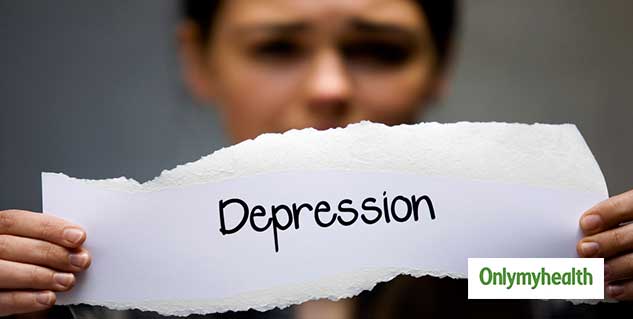
Frequent ups and downs are an ordinary part of a teenager’s life, which makes it difficult to differentiate between usual teenage glumness and depression. Teens may not always be able to express what they’re going through, and they might not want to talk about. It is essential as a parent to learn how to talk about mental health with them to help them feel comfortable to open up and speak about their own concerns and end the stigma before it begins.
Table of Content:-

Also read: How to handle growing depression in teenagers
Watch out for these warning signs
- They may often come across as irritable and cranky, more than sad
- They may feel misjudged or highly sensitive to criticism
- Difficulty in concentrating and low energy may lead to attendance problems, poorer grades and frustration with school work in previously good students
- Frequent drug and alcohol abuse
- Low self-esteem that may play out as expressions of hostility, embarrassment, unworthiness and failure
- They may spend excessive time on gadgets
- Changes in appetite and odd eating habits
- Feelings of worthlessness and guilt
- Staying away from social and family relationships
- Difficulty in concentrating
These warning signs can look like a usual part of a teenager’s daily life and in many cases that’s exactly what it will be. The symptoms exist on a range and the key objective is to be alert with regards to the duration and severity of the symptoms and the departure from whatever is ‘normal’ for a teen.
The Conversation That Will Help Protect Your Teen
One of the best things you can do for your teen is to let them know that you’re available to talk to. Here are some ideas for how to make that happen:

Make them realize that you are there from them
Let them know you’re there for them entirely and whenever they want. Be careful as to not to ask too many questions. Maintain their space; you don’t want them to feel crowded or patronized.
Also read: Remind Yourself Of These Affirmations When The Going Gets Tough
Put the invite out there
At times starting the conversation is the stiffest part. Here are a few ideas to get things started:
- ‘Are you okay? I’m here if you ever want to talk.’
- ‘You seem a little down/ worried/ exhausted/ sad lately. Is that how you’re feeling at the moment?’ Then, subject to the answer, ‘Would you like to talk about it?’
Give them an easy out
Take a car trip as the time limit so they know there is an easy end to any difficult conversation and that they have control. Let them understand that you will only talk until you pull into the driveway and then they can decide whether or not to keep the conversation going. It is completely up to them – no questions or quarrel from you. You can ask them ‘Do you think we can talk about how you’re travelling? Let us do it like this. Let us chat until we pull into the driveway and then I promise we’ll talk about something else if you want to’.
Be gentle but persistent and available but not invasive
Your teen might not open up straight away – and that’s okay. Keep trying but be alert of pushing too hard. It is vital to keep making yourself available for when they’re ready.
Don’t try to talk them out of their depression
Even if their thinking seems unreasonable, it isn’t that way to them. Endorse them, ‘It’s bothering you isn’t it,’ or ‘I can see how upset you are,’ so they know they can come to you again.
Inputs by Carlton D'souza, Counselling Psychologist, Dept. of Mental Health and Behavioural Sciences, S. L. Raheja Fortis Hospital.
Read more articles on Mental Health.
For more related articles, download OnlymyHealth app.
How we keep this article up to date:
We work with experts and keep a close eye on the latest in health and wellness. Whenever there is a new research or helpful information, we update our articles with accurate and useful advice.
Current Version
